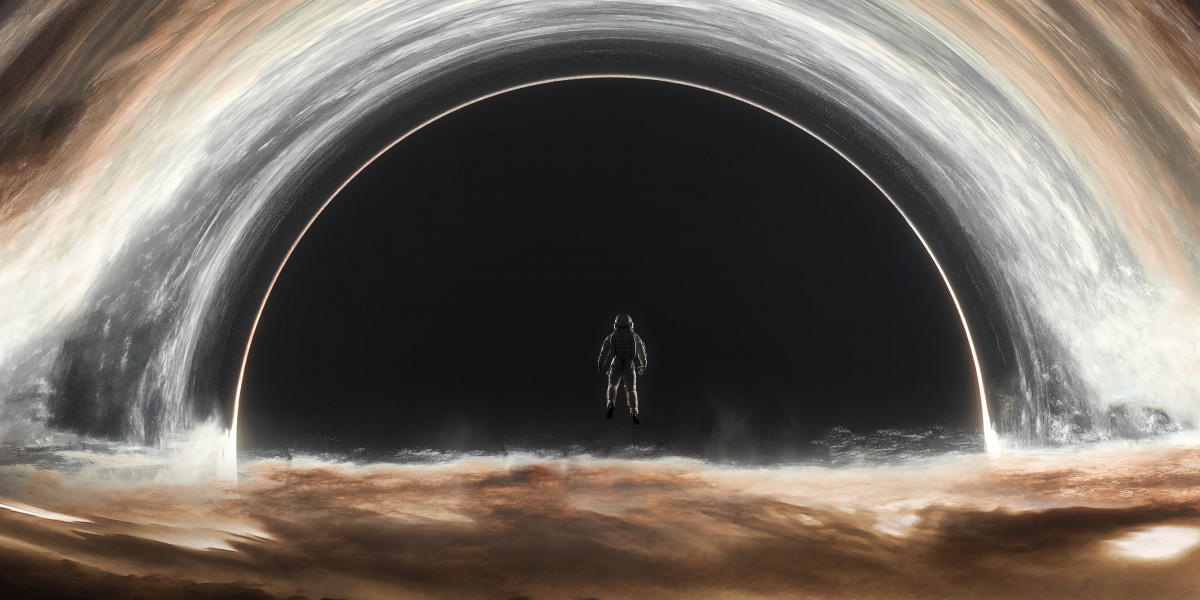Unlock the Secrets to Perfect Garden Lighting with Low Voltage LED Flood Lights!
When it comes to enhancing the beauty and functionality of outdoor spaces, garden lighting plays a crucial role. The right lighting can transform an ordinary garden into an enchanting oasis, allowing you to enjoy your outdoor space even after the sun goes down. Among the various lighting options available, low voltage LED flood lights stand out due to their energy efficiency, longevity, and aesthetic appeal. These lights not only illuminate your garden effectively but also provide a safe and sustainable solution for outdoor lighting. With the added benefit of versatility in design, low voltage LED flood lights can enhance the ambiance of your garden, making it an inviting space for gatherings, relaxation, or even a quiet evening under the stars.

Understanding Low Voltage LED Flood Lights
Low voltage LED flood lights are lighting fixtures designed to operate at a lower voltage, typically 12 or 24 volts, which makes them safer to use in outdoor settings compared to traditional high voltage options. These lights utilize LED technology, which converts electrical energy into light with remarkable efficiency. Unlike incandescent or halogen lights that waste a significant amount of energy as heat, LEDs produce very little heat, making them a cooler and safer choice. Additionally, they have a much longer lifespan, often lasting up to 25,000 hours or more, which means fewer replacements and less waste. This technology not only ensures consistent brightness but also allows for creative lighting designs that can elevate the aesthetic of any garden space.
Benefits of Low Voltage LED Flood Lights for Gardens
The advantages of using low voltage LED flood lights in gardens are numerous. First and foremost, their energy efficiency is a game-changer. By consuming significantly less electricity than traditional bulbs, they can lead to lower energy bills and a reduced carbon footprint. Moreover, their longevity means that once installed, you can enjoy the benefits of beautiful garden lighting for many years without the hassle of frequent bulb changes. Safety is another key benefit; with lower voltage, the risk of electrical shock is minimized, making these lights ideal for use around children and pets. Versatility is also a highlight—these lights can be used in various configurations and styles, whether you want to create a soft glow or highlight specific features such as trees, pathways, or garden structures. From my own experience, my friend used low voltage LED flood lights to accentuate her flower beds, and the transformation was stunning, making her garden a focal point of evening gatherings.
Installation of Low Voltage LED Flood Lights
Installing low voltage LED flood lights in your garden is a straightforward process that can be done with a little planning and the right tools. Start by sketching out a layout of your garden and identifying areas that would benefit from lighting, such as flower beds, walkways, or seating areas. It’s essential to select the right locations for your flood lights; consider the angles and distances to ensure optimal coverage. Once you’ve planned your layout, gather the necessary tools, including a shovel for digging, wire connectors, and a transformer to convert household electricity to low voltage. Safety is paramount, so always ensure that power is turned off during installation. Common mistakes to avoid include not burying the wires deep enough or placing lights too close to plants that could grow and obstruct the light. My neighbor recently undertook a similar project and learned the hard way about wire placement after having to dig up and reposition lights. Planning and foresight can save you time and effort.
Design Options for Garden Lighting
When it comes to design options for garden lighting using low voltage LED flood lights, the possibilities are nearly endless. You can choose between different styles and colors of lights to suit your garden's aesthetic, whether that’s a modern, minimalist look or a more traditional, rustic vibe. For instance, using warm white lights can create a cozy atmosphere, while cool white lights can lend a contemporary feel. Highlighting specific features of your garden can also enhance its beauty; consider using flood lights to illuminate tall trees, create shadows against walls, or light up a path to guide guests safely. Strategic placement of lights can create a stunning effect—think of how my friend placed her lights to spotlight her favorite garden sculpture, making it a captivating focal point at night. With creativity and thoughtful design, low voltage LED flood lights can truly transform your outdoor space.
Maximizing Your Garden's Lighting Potential
In conclusion, low voltage LED flood lights offer a myriad of benefits that make them an excellent choice for garden lighting. Their energy efficiency, longevity, safety, and versatility in design make them an ideal solution for anyone looking to enhance their outdoor space. By understanding how to install and creatively use these lights, you can elevate the ambiance of your garden, making it a beautiful and inviting area for any occasion. If you're considering a garden lighting project, I encourage you to explore the potential of low voltage LED flood lights. With a little planning and creativity, you can unlock the full beauty of your garden, enjoying it long after the sun has set.








